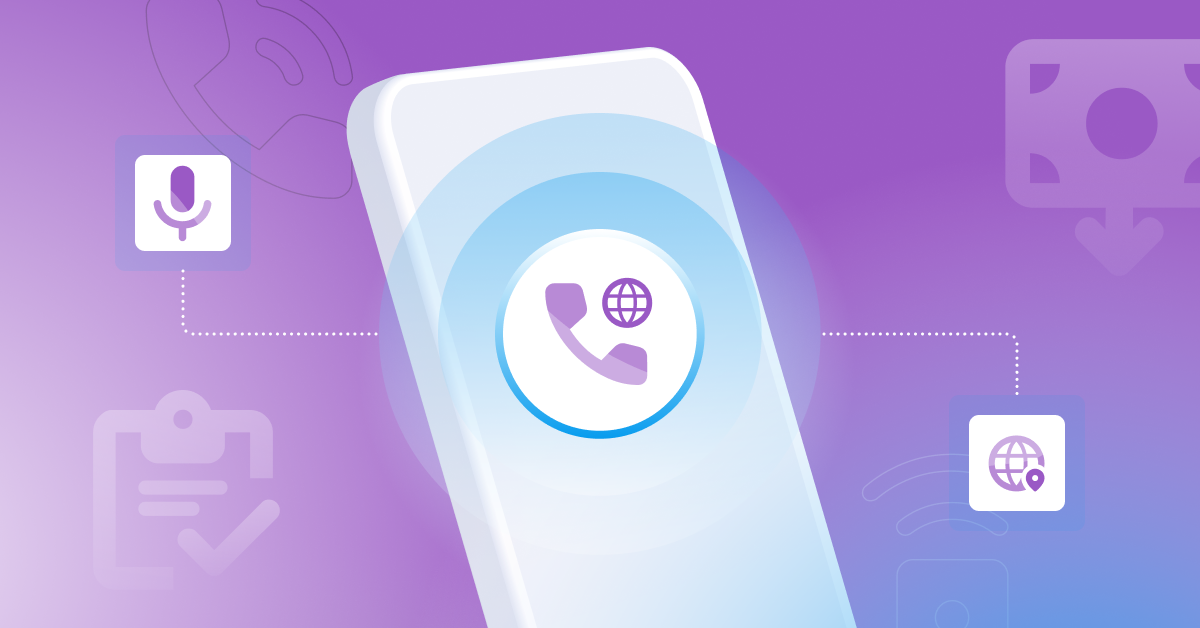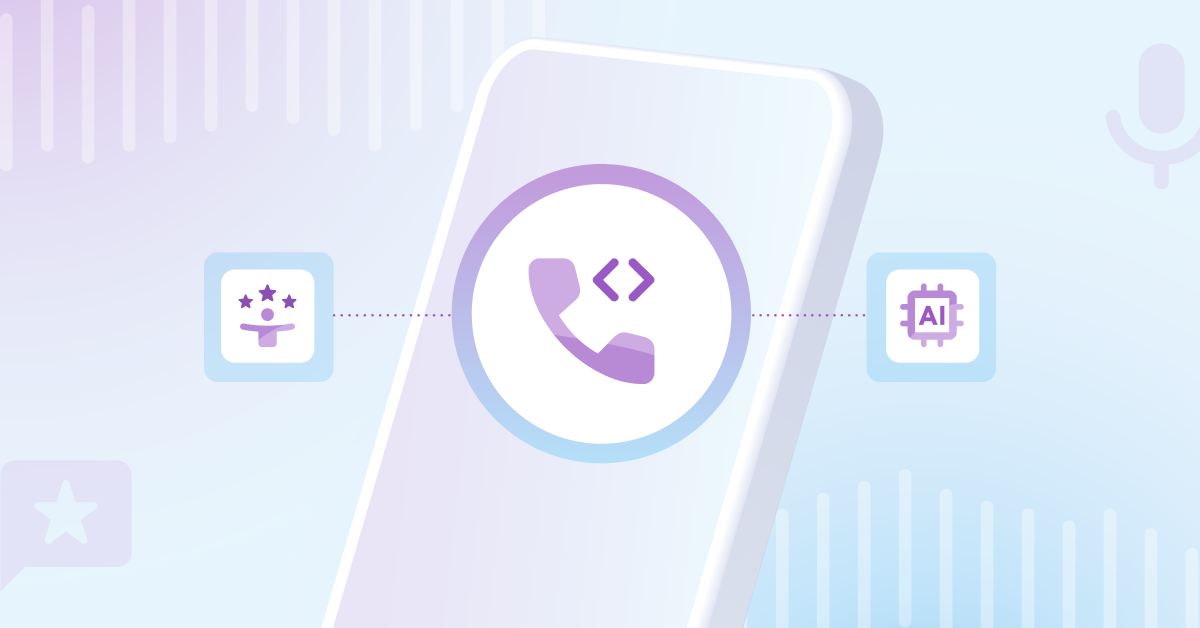One of the more frequently asked questions when it comes to SIP trunks is “How many channels are in a SIP trunk?”.
And as they’re fast becoming the industry standard for business telecommunications, it’s interesting that they’re still a bit of a technical enigma for most. So let’s take it from the top…
What is a SIP trunk?
To understand what SIP trunks are – and as you’ve heard us say many times before, they’re nothing to do with elephants – you have to look at the way the world was before we had them.
So let’s split history into BS and AS, Before SIP and After SIP. Since the beginning of time, or at least since that very first telephone call, the infrastructure behind inbound and outbound calls has been physical copper lines. These days, the protocol used to move voice, data, and other network services across copper is ISDN.
But the time has come to save your copper for your pans. With the introduction of the internet, fiber optic wiring, and cloud-based infrastructure, we not only have faster connections but more robust ones, capable of handling a higher volume of voice and media traffic with less signal degradation, downtime, or latency.
If you’re interested in learning everything there is to know about SIP trunks, take a look at our ultimate guide.
SIP, Defined
SIP stands for “Session Initiation Protocol”, basically a set of rules that allow for the transmission of media (voice, video, or text) via data networks, including the public internet, between locations. Yes, elephants can sip water through their trunks. But they still have nothing to do with this.
Trunking, Defined
Trunking is a method for bundling multiple channels/lines on one SIP connection, so instead of a separate copper line for each, you virtualize these lines by dividing your 1GBPS connection by x number of times.
What is a SIP trunk channel?
A channel is a path between two points on a telephony system. You need one channel when you make a call or transfer any kind of data from one place to another.
Although “channel” is an official term used in the industry, what you are actually using up is data capacity. This was just packaged into the term “channels” to make it easier to purchase.
How SIP trunk channels work
Simply put, the more channels you have, the more calls you can make from one place.
For example, if you have 20 people calling to and from your business phone number or DID at the same time, then good for you. Unless you’re a big deal, in which case commiserations. Either way, you’ll need at least 20 channels.
In reality, figuring out how many channels you need, is a bit more complex than this. Chances are all your employees or customers won’t be using your channels at the same time, while peaks and troughs in voice traffic need to be considered – whether that’s a Monday morning surge in business voice activity or a seasonal influx of calls to your contact center over the festive period. There are statistical models for all of this, to help businesses know exactly how much capacity they will need at any time.
With ISDN, the number of channels you have is dependent on the physical, wired connection, and depending on where you are in the world, that can be either 24 or 32 channels per ISDN connection.
Using ISDN PRI for your business communications and need more channels? That’s more connections, more wires, more infrastructure, and ultimately, more money.
You’ll no doubt agree that this newfound wisdom is sure to make you an absolute hit at your next dinner party. But the question remains…
How many channels does a SIP trunk have?
A SIP trunk can have as many channels as you need. Most SIP trunk providers sell channel capacity in batches, but you could have 1 million channels in your SIP trunk if that’s how many calls you potentially had to and from your business.
Basically, it gives you a lot more control of your call capacity, while reducing costs and the need for physical infrastructure.
Are SIP trunks right for your business?
As we said at the beginning, SIP trunks are fast becoming the industry standard for telecommunications but it actually goes a step beyond this. Many countries are getting rid of their physical copper wire (ISDN) infrastructure and replacing it with public internet and cloud-based infrastructure.
What this means is that in years to come (2020 for the UK) you will no longer be able to purchase ISDN channels leading to a complete switch from physical copper wire connections, to broadband. This is happening globally, there are just variations in how quickly this is being rolled out country-to-country.




